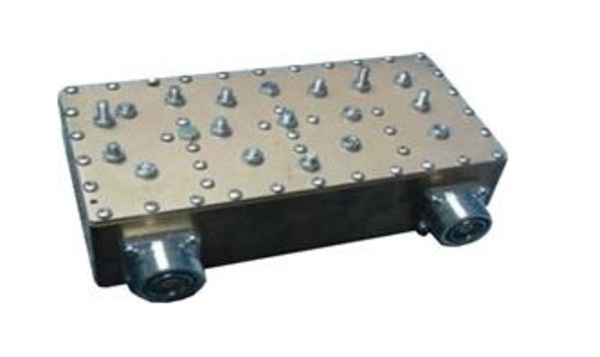
An Interference Mitigation Filter (IMF) is pretty good at hiding, too. You may think of an IMF as simply a filter in a gray box with a connector on each end. When you insert it in the RF path, interference is attenuated – rejected, if you prefer – while the useful signal passes through with minimal attenuation. You are correct, of course – an IMF is a kind of filter. But it is also much more than just a gray box in the RF path.
Thanks to the powerful modeling software we have today, an experienced designer can create almost any desired filter function that can be realized. A multitude of RF conditioning products – tower mounted amplifiers (TMA), multi-band combiners (MBC) and same band combiners (SBC) – can incorporate filters with different functions. We can think of an IMF not simply as a filter but as a function of a filter design. When creating a filter for a TMA, for example, IMF functionality can be incorporated along with the other requirements for this filter.
Did you know that IMF functionality is already hiding in many of CommScope’s RF conditioning products? Our TMAs, SBCs, and similar products are frequently designed around requirements that take into account common interference scenarios. You may need to look twice at the datasheets to discover this fact because IMF functionality can be one of those things hiding in plain sight. Looking forward, we will endeavor to make it less of a secret.
The clear advantages of integrating IMF functionality into RF conditioning products come from miniaturization, simplification and innovation. The gray box is no longer needed. Overall performance can be improved when the combined filter functions are built and optimized together, and external connections are eliminated. When defining your requirements for any RF conditioning products, consider also your needs for interference mitigation. When IMF is your primary need, would it make sense to incorporate that function in a replacement for a legacy product rather than add another gray box?
If you have children (or if your own childhood was not too far in the past), chances are you are familiar with the Where’s Waldo® books. Always hiding in plain sight but never easy to spot, finding Waldo in his striped pullover is entertaining for young and old alike. Perhaps our RF conditioning product data sheets can be like a Where’s Waldo book? The objective would be to locate the IMF functionality. Of course, finding the guy in the red-striped shirt is probably more fun. While I’m definitely no longer young, I still enjoy it – as long as I can find my reading glasses…







